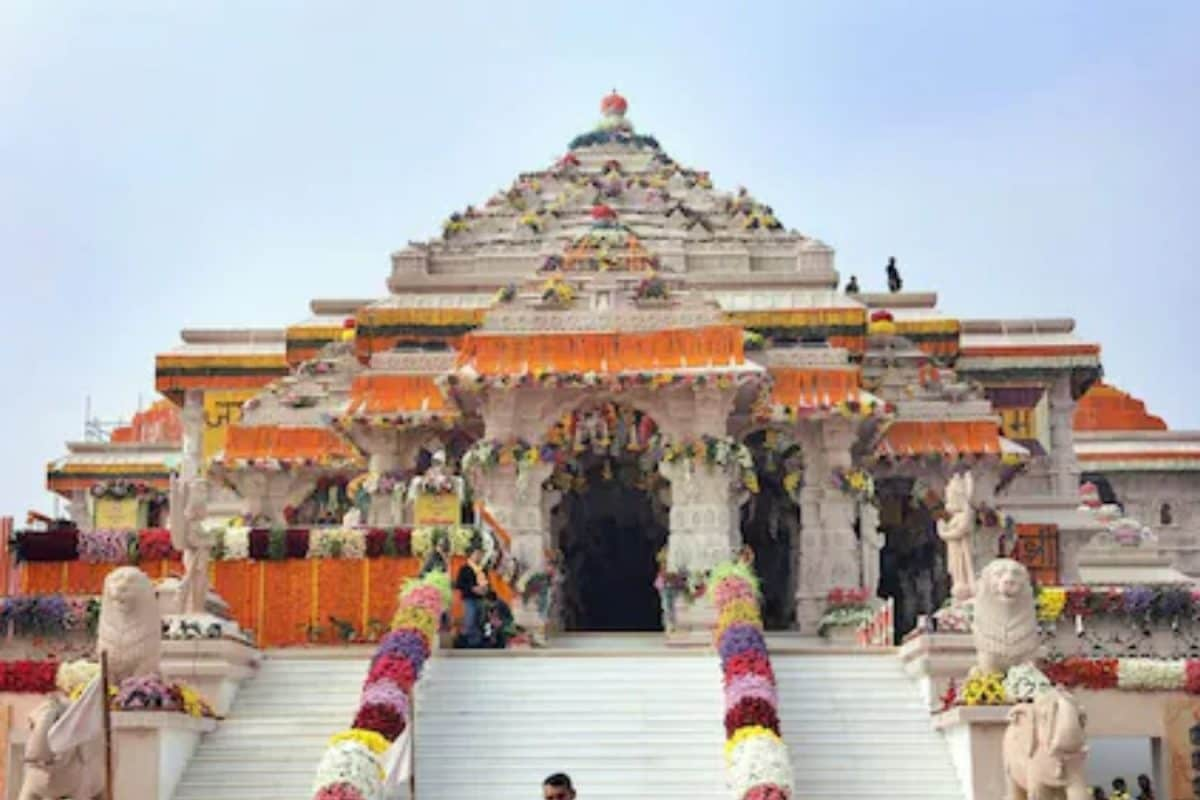

Ayodhya is experiencing a significant surge in land prices, with circle rates recently increased by up to 200% following a revision after nearly eight years. This dramatic rise is primarily attributed to the boom in religious tourism and substantial infrastructure development spurred by the inauguration of the Ram Mandir in January 2024. The increase in circle rates, which are the government-determined minimum values for property transactions, reflects the escalating market value of land in the temple town.
The most substantial hikes in circle rates are observed in areas located within a 10-kilometer radius of the Ram Janmabhoomi Temple. In these prime locations, rates have surged by over 150%, pushing land values to ₹26,600–27,900 per square meter, a considerable jump from the previous ₹6,650–6,975. Villages like Tihura Manjha have seen agricultural land circle rates leap from ₹11-23 lakh per hectare to ₹33-69 lakh per hectare. Similarly, Tihura Uparhar has experienced an increase from ₹32-71 lakh to ₹42-95 lakh per hectare. Shahnawzpur Majha and Barahta Majha have witnessed rates climbing from ₹75–169 lakh to ₹98–221 lakh per hectare. Even areas like Ganja village, where the Ayodhya airport is situated, have seen an increase from ₹28–64 lakh to ₹35–80 lakh per hectare.
District Magistrate Nikhil Funde stated that the decision to revise circle rates was made after taking into account public feedback and conducting a thorough survey. The revised rates aim to align with the current market values and address the surge in land transactions that followed the Supreme Court's 2019 ruling, which paved the way for the Ram Mandir's construction.
The rise in circle rates is expected to benefit landowners by enhancing property valuations and promoting transparency in property deals. However, it also leads to an increase in stamp duty, which is a tax levied on property transactions. Saurabh Vikram Singh, director of a builders' firm in Ayodhya, noted that the increase in circle rates inevitably leads to higher stamp duty.
While the surge in tourism and infrastructure development has fueled the real estate boom, some local farmers believe that the rate hikes do not fully reflect the true potential of the land. Durga Yadav, who is contesting for higher circle rates in the Allahabad High Court, argues that rates should have been increased by at least 200% in every village within a 10-kilometer radius of Ram Janmabhoomi to ensure that farmers benefit adequately from the ongoing developments.
Ayodhya is currently undergoing a significant transformation, with substantial investments being made in infrastructure projects, including expressways, airports, and civic expansions. The Uttar Pradesh Avas Vikas Parishad is planning a large township across approximately 1,800 acres, with over 600 acres already acquired in key villages. These developments are attracting major hotel brands and developers, positioning Ayodhya as a key destination for spiritual tourism and long-term investment.
Real estate experts suggest that while property prices in Ayodhya are already near historic highs, the city remains a promising property investment destination due to its improved connectivity, expanding infrastructure, and growing religious tourism sector. However, they caution potential buyers to verify ownership, zoning, and legal status before investing, as the real estate boom has also attracted opportunists and increased the risk of land scams and title disputes.